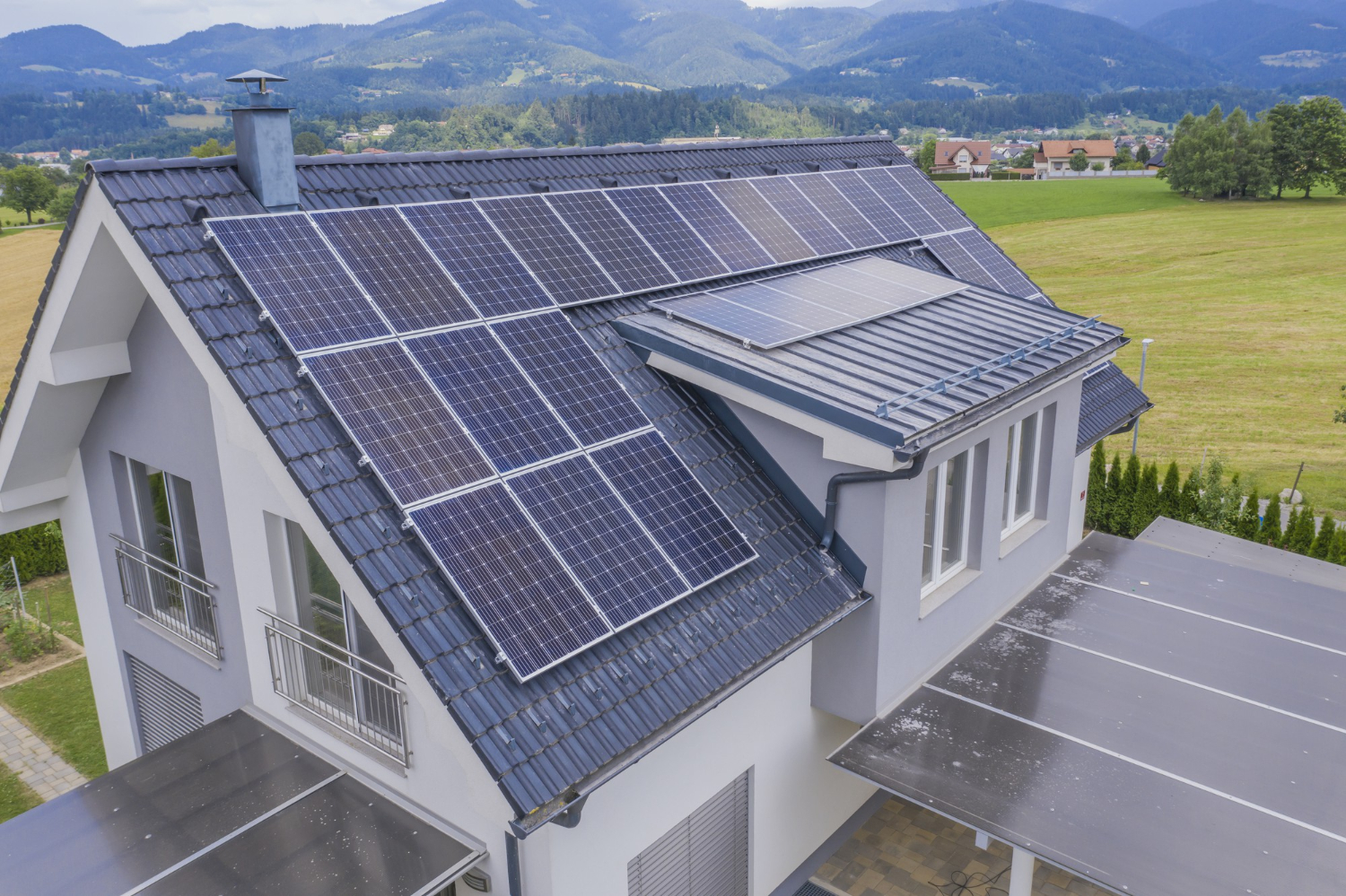As the global community intensifies its efforts to combat climate change, the role of renewable energy sources, particularly solar energy, is becoming increasingly crucial. Solar energy, one of the most abundant and accessible forms of renewable energy, is at the forefront of this transformation. In 2024, the solar energy industry is poised to experience significant advancements that will enhance its efficiency, accessibility, and overall contribution to the global energy landscape. This blog explores the key trends and innovations shaping the future of solar energy in 2024.
1. Advances in Solar Panel Efficiency
One of the most significant trends in solar energy is the continuous improvement in solar panel efficiency. In 2024, we expect to see further advancements in photovoltaic (PV) technologies that increase the efficiency of solar panels, allowing them to convert more sunlight into usable electricity. Current innovations focus on multi-junction solar cells, which layer different materials to capture a broader spectrum of sunlight. These cells can achieve efficiencies of over 40%, far surpassing traditional silicon-based panels.
Another promising development is the use of perovskite solar cells. Perovskites are a class of materials that have shown great potential in enhancing solar cell performance due to their high light absorption efficiency and low production costs. Research in 2024 is likely to bring us closer to commercializing perovskite-silicon tandem cells, which could revolutionize the industry by providing affordable, highly efficient solar panels.
2. Growth of Bifacial Solar Panels
Bifacial solar panels, which can capture sunlight from both sides of the panel, are gaining traction in the market. These panels are designed to absorb reflected light from the ground, increasing their energy output without significantly raising installation costs. In 2024, the adoption of bifacial panels is expected to rise, particularly in large-scale solar farms where the added efficiency can significantly boost overall power generation.
The increased use of bifacial panels aligns with the industry’s broader trend toward maximizing energy yield per square meter. By optimizing the design and placement of these panels, solar farms can achieve higher output with the same land footprint, making solar energy more competitive with other forms of electricity generation.
3. Integration of Solar with Energy Storage Systems
The integration of solar power with energy storage systems is a game-changer for the industry. Energy storage, particularly in the form of lithium-ion batteries, allows solar energy to be stored during peak production times and used when the sun isn’t shining. This capability addresses one of the main challenges of solar power: intermittency.
In 2024, we expect to see continued advancements in battery technology, including the development of solid-state batteries and other next-generation storage solutions that offer higher energy densities, longer lifespans, and improved safety features. These innovations will enhance the reliability and attractiveness of solar energy, making it a more viable option for residential, commercial, and industrial applications.
4. Expansion of Solar Microgrids
Microgrids, which are localized energy systems that can operate independently from the traditional grid, are becoming increasingly popular as a way to provide reliable, clean energy in remote or underserved areas. Solar microgrids, in particular, offer a sustainable solution for communities that lack access to centralized power sources.
In 2024, we anticipate significant growth in the deployment of solar microgrids, driven by declining costs and improvements in energy storage technologies. These systems can provide power resilience during grid outages and support the transition to renewable energy in regions where grid expansion is not feasible. Furthermore, the use of AI and advanced control systems in managing microgrids will enhance their efficiency and ability to balance supply and demand dynamically.
5. Development of Floating Solar Farms
Floating solar farms, also known as floatovoltaics, represent an innovative approach to expanding solar capacity without using valuable land resources. These systems involve installing solar panels on bodies of water such as lakes, reservoirs, or even coastal areas. Floating solar farms offer several benefits, including reduced land use, lower water evaporation rates, and improved panel efficiency due to the cooling effect of water.
In 2024, the development of floating solar farms is expected to accelerate, especially in countries with limited land availability or high population densities. This trend is likely to be particularly strong in Asia, where space constraints are driving the search for alternative renewable energy solutions. As technology improves, floating solar installations will become more robust and capable of withstanding harsh marine environments, further expanding their applicability.
6. Solar-Powered Electric Vehicle (EV) Charging Stations
As the adoption of electric vehicles (EVs) continues to grow, the demand for clean and sustainable charging options is also increasing. Solar-powered EV charging stations are emerging as a key solution, providing a way to power vehicles with renewable energy directly from the sun. These stations can be standalone units or integrated into existing charging networks, offering a greener alternative to grid-powered chargers.
In 2024, we expect to see a significant expansion of solar-powered EV charging infrastructure, driven by partnerships between solar energy companies and the automotive industry. The integration of smart technology and battery storage will further enhance the appeal of these charging stations, allowing them to provide reliable, clean energy even when the sun isn’t shining.
7. Building-Integrated Photovoltaics (BIPV)
Building-integrated photovoltaics (BIPV) involve incorporating solar panels directly into the architecture of buildings, such as in windows, facades, and rooftops. This approach not only generates clean energy but also enhances the aesthetic appeal of buildings and reduces the need for separate mounting systems.
In 2024, BIPV technology is expected to make significant strides, with advancements in materials and design leading to more efficient and visually appealing solar solutions. The use of transparent or semi-transparent solar cells in windows, for example, can transform skyscrapers into vertical solar power plants, contributing to urban sustainability goals.
8. AI and Machine Learning in Solar Energy Management
Artificial intelligence (AI) and machine learning are becoming integral to the optimization of solar energy systems. These technologies can be used to predict energy production, optimize energy consumption, and manage grid interactions more efficiently. AI-driven analytics can also help in identifying maintenance needs and improving the overall performance of solar installations.
In 2024, we expect to see broader adoption of AI and machine learning in solar energy management, particularly in large-scale solar farms and complex microgrid systems. By leveraging data and advanced algorithms, solar operators can maximize energy output, reduce operational costs, and enhance the reliability of solar power.
9. Solar Energy and Blockchain Technology
Blockchain technology is emerging as a potential disruptor in the solar energy sector, offering new ways to trade and manage energy. Through blockchain, solar energy producers and consumers can engage in peer-to-peer energy trading, allowing homeowners with solar panels to sell excess energy directly to their neighbors or the grid.
In 2024, we anticipate further exploration of blockchain applications in solar energy, including the development of decentralized energy marketplaces and transparent tracking of renewable energy credits. This technology can empower consumers, reduce transaction costs, and foster the growth of local energy networks.
10. Policy Support and Global Collaboration
The future of solar energy is also heavily influenced by government policies and international collaboration. In 2024, we expect continued support for solar energy from governments around the world through incentives, subsidies, and favorable regulatory frameworks. Global collaboration on research, development, and deployment of solar technologies will further accelerate the transition to a sustainable energy future.
As countries strive to meet their climate targets, the solar industry will benefit from increased investment in research and infrastructure. Public-private partnerships and international initiatives, such as the International Solar Alliance, will play a crucial role in driving solar energy adoption and innovation worldwide.
The solar energy industry is on the brink of transformative changes in 2024, driven by technological advancements, innovative applications, and supportive policies. From improved solar panel efficiency and energy storage integration to the rise of floating solar farms and AI-driven energy management, the future of solar energy looks brighter than ever. As we move forward, continued investment in research, development, and collaboration will be essential to unlocking the full potential of solar energy and achieving a sustainable, renewable-powered future.

